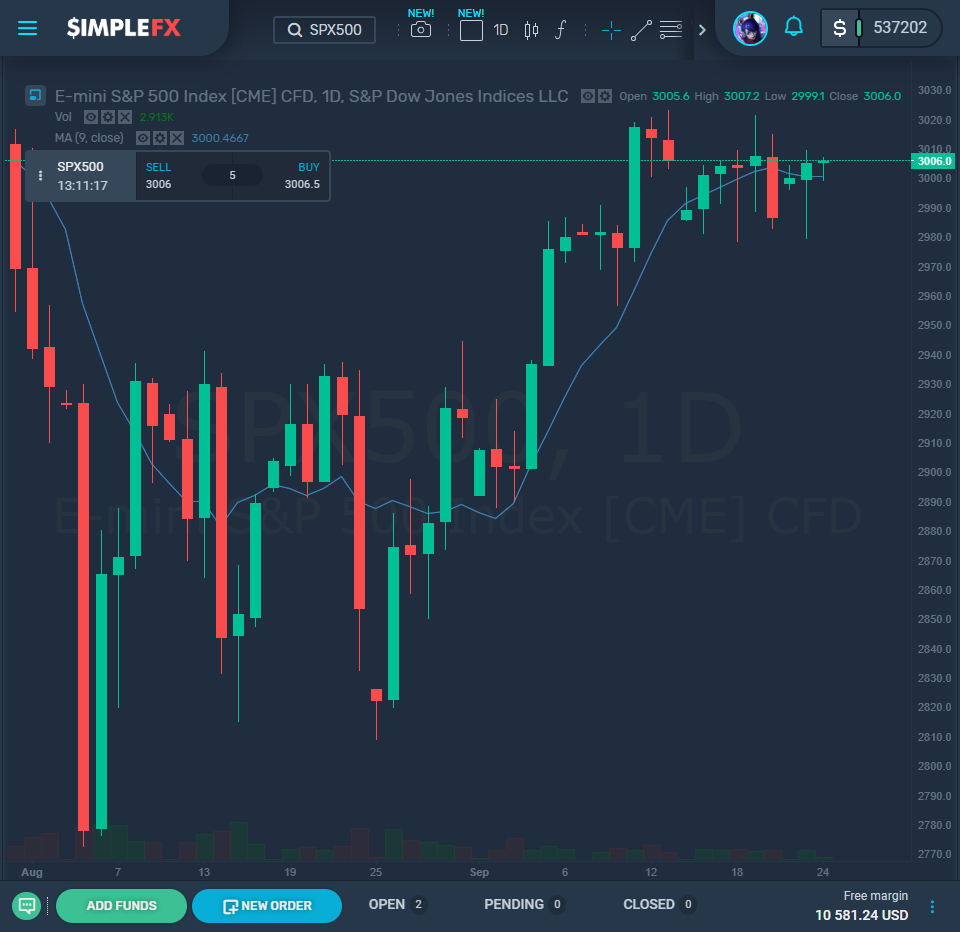Since 1928, the volatility of stock has been around 25% greater on average in October than in other months. Each significant stock sector and the benchmark has seen big swings in price through the course of the last three decades, with health care and tech being the two most volatile groups, according to Goldman.
Goldman Sach’s equity derivative strategist John Marshall said,
“We believe high October volatility is more than just a coincidence. We believe it is a critical period for many investors and companies that manage performance to calendar year-end.”
Fresh from August’s chaos, investors have had a breather this last month ahead of the crazy market predictions for October, warned Goldman Sachs.
With just inches to go, Wall Street is set to reclaim record highs, but there could be a bumpy road ahead thanks to October’s typical high volatility, which is always around 25% higher than in other months ever since 1928, Goldman Sachs claims. For the past three decades, all sectors and significant stocks have seen huge price swings, with the most volatile groups being health care and technology.
John Marshall, an equity derivatives strategist with the firm, said on Friday “We believe high October volatility is more than just a coincidence. We believe it is a critical period for many investors and companies that manage performance to calendar year-end.”
There has been a calm in the stormy market this month as tensions between the U.S. and China lessened with yields in the Treasury bouncing back from record lows. The Cboe Volatility Index, measuring the volatility of stocks for 30 days, shows this “fear gauge,” also called the VIX, as tame over this past month.
Chaos is likely to resume as the season for earnings kicks off, probably exacerbating a movement in investor feelings. Marshall said, “Such pressures boost volumes and volatility as investors observe earnings reports, analyst days and management gives guidance for the following year.
The strategist also pointed out that single stock volatility shows strong seasonality with events and earnings, pushing more significant moves. October is usually the time with the most significant profits in day moves in the U.S. stock market where earnings in the day move rise relative to the daily average movements, explains Marshall.
The highest level of VIX so far this year was seen in August when the trade war was building, blowing into the flames of recession. The worst day of the year was seen on August 14th for the Dow Jones Industrial Average, when there was a big flash of a recession signal in the bond markets.